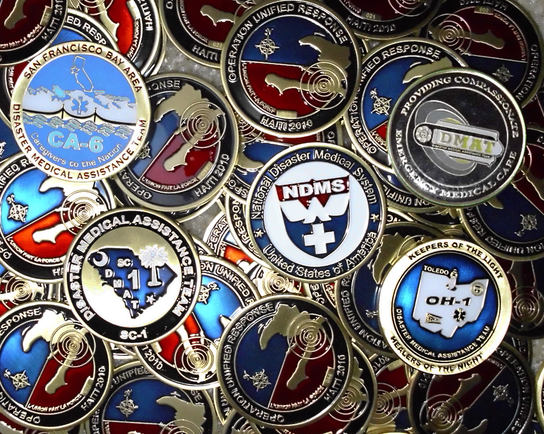
Challenge Coins
Since 2005 we have produced over 700 coin designs and have produced those coins for a variety of clients. From Challenge Coins to Unit Coins and Command Coins to coins used for Promotional purposes. They have been used for awards, trading, events and memorial uses.
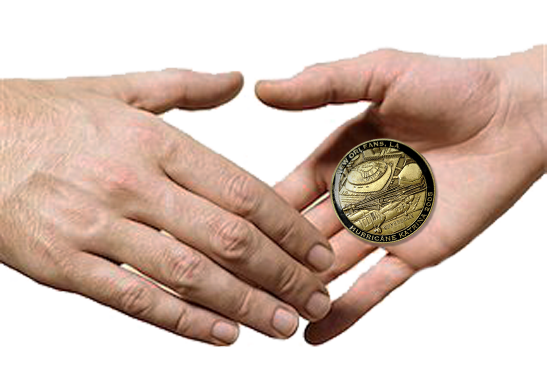
Challenge Coins
These are military in origin and are generally given to group of individuals that worked as a team, under duress / stress to achieve a common outcome during a mission.
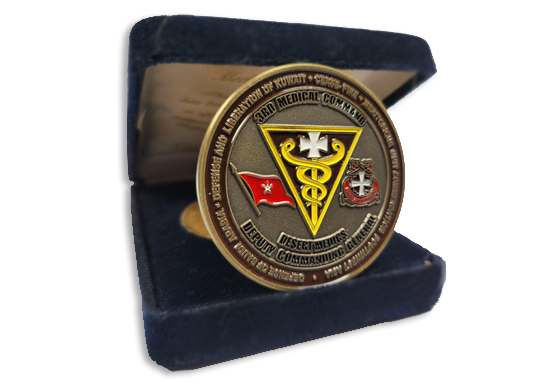
Commander's Coins
Honoring someone with a commander’s coin is a way for senior leadership to show their appreciation for a phenomenal job and remember the moment (aka, Recognition Coins).
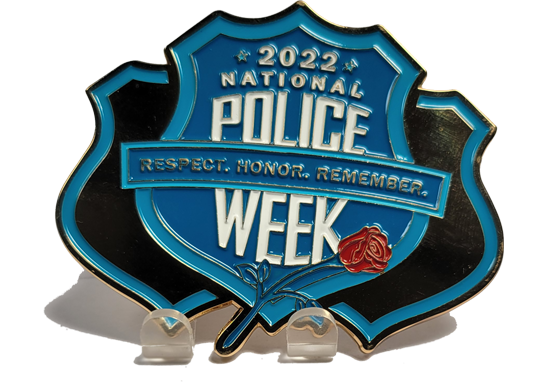
Commemorative Coins
Distinctive in design and specific to the event for which they are given, these coins often become the pride in a collection (aka, Event Coins).
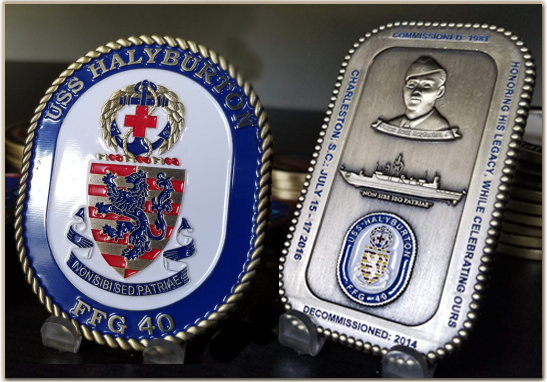
Unit/Team Coins
Unit Coins are usually given upon arrival at a new unit assignment. Often used as a means of building cohesion with in a unit, they can only be obtained by members and as such are coveted (aka, Team Coins).
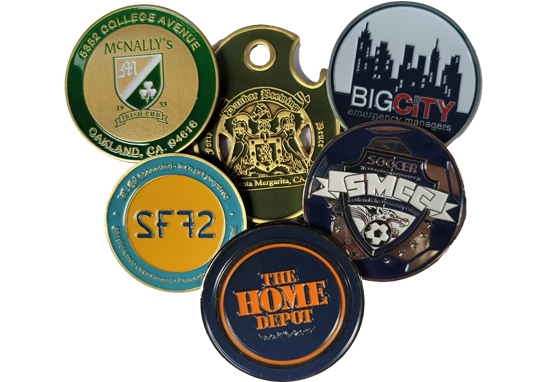
Promotional Coins
Found at trade shows, fairs, as business cards or as part of a limited edition purchase. Promotional coins can be found everywhere (aka, Advertisement Coins, Tchotchke).
Coin Folklore
Where did it begin?
What is a Challenge Coin?
A challenge coin is a small coin or medallion (usually military), bearing an organization’s insignia or emblem and carried by the organization’s members. Traditionally, they are given to prove membership when challenged and to enhance morale. In addition, they are also collected by service members. In practice, challenge coins are normally presented by unit commanders in recognition of special achievement by a member of the unit. They are also exchanged in recognition of visits to an organization.
The History of Challenge Coins:
According to the most common story, challenge coins originated during World War I. Before the entry of the United States into the war in 1917 American volunteers from all parts of the country filled the newly formed flying squadrons. Some were wealthy scions attending colleges such as Yale and Harvard who quit in mid-term to join the war.
OTHER STORIES……
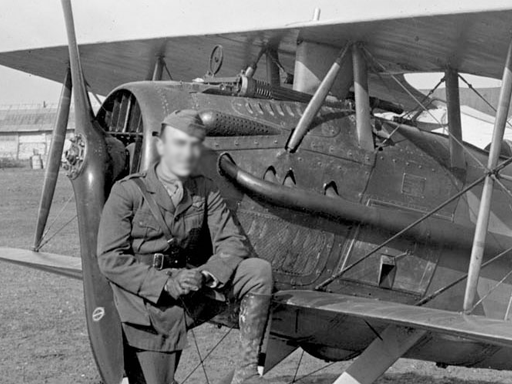
In one squadron, a wealthy lieutenant ordered medallions struck in solid bronze and presented them to his unit. One young pilot placed the medallion in a small leather pouch that he wore about his neck. Shortly after acquiring the medallion, the pilot’s aircraft was severely damaged by ground fire. He was forced to land behind enemy lines and was immediately captured by a German patrol.[8] In order to discourage his escape, the Germans took all of his personal identification except for the small leather pouch around his neck. In the meantime, he was taken to a small French town near the front. Taking advantage of a bombardment that night, he escaped. However, he was without personal identification. He succeeded in avoiding German patrols by donning civilian attire and reached the front lines. With great difficulty, he crossed no-man’s land. Eventually, he stumbled onto a French outpost. Saboteurs had plagued the French in the sector. They sometimes masqueraded as civilians and wore civilian clothes. Not recognizing the young pilot’s American accent, the French thought him to be a saboteur and made ready to execute him. He had no identification to prove his allegiance, but he did have his leather pouch containing the medallion. He showed the medallion to his would-be executioners and one of his French captors recognized the squadron insignia on the medallion. They delayed his execution long enough for him to confirm his identity. Instead of shooting him they gave him a bottle of wine.
Back at his squadron, it became tradition to ensure that all members carried their medallion or coin at all times. This was accomplished through challenge in the following manner: a challenger would ask to see the medallion, if the challenged could not produce a medallion, they were required to buy a drink of choice for the member who challenged them. If the challenged member produced a medallion, then the challenging member was required to pay for the drink. This tradition continued throughout the war and for many years after the war while surviving members of the squadron were still alive.